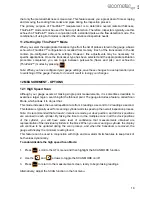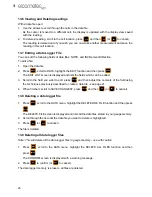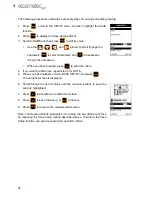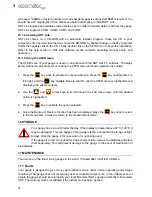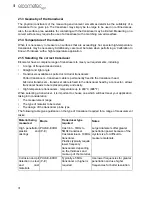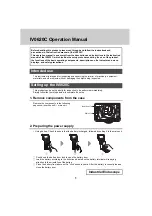
32
en
For full details of the Elcometer NDT range of transducers contact your local Elcometer NDT
supplier, or visit the Elcometer NDT website www.elcometerndt.com
Material
thickness
measured
through a coating
ECHO-ECHO
(E-E)
Special high damped
transducers are
required; typically the
3.5MHz, 5MHz, and
7.5MHz hi damped
transducers.
These transducers are suitable
for use in both pulse-echo and
echo-echo modes. This enables
you to measure overall material
thickness using the Echo-echo
mode, and then switch to pit
detection mode (Pulse-echo)
without changing transducers.
Thin materials
PULSE-ECHO
(P-E)
High frequency
transducers are
required; typically the
7.5MHz and 10MHz
models with extra
resolution.
The higher frequencies provide
greater resolution and a lower
minimum thickness rating overall.
High
temperature
PULSE-ECHO
and
ECHO-ECHO
Special 2.25MHz and 5
MHz High temperature
transducers are
required.
Echo-echo mode will eliminate
error caused by temperature
variations in the delay line of the
transducer.
Noisy material
Select a higher
frequency transducer to
reduce this noise -
7.5MHz and higher for
better resolution.
Materials such as titanium,
stainless steel, and aluminium
may produce surface noise. This
is a signal that appears at the
surface of the material when
using a dual element delay line
probe.
Measuring
extreme
curvatures or
areas of
restricted access
Higher frequency
transducers with smaller
diameters are required.
The smallest diameter
uses 3/16" crystals with
a contact area of .250"
Material being
measured
Mode
Transducer type
required
Notes

